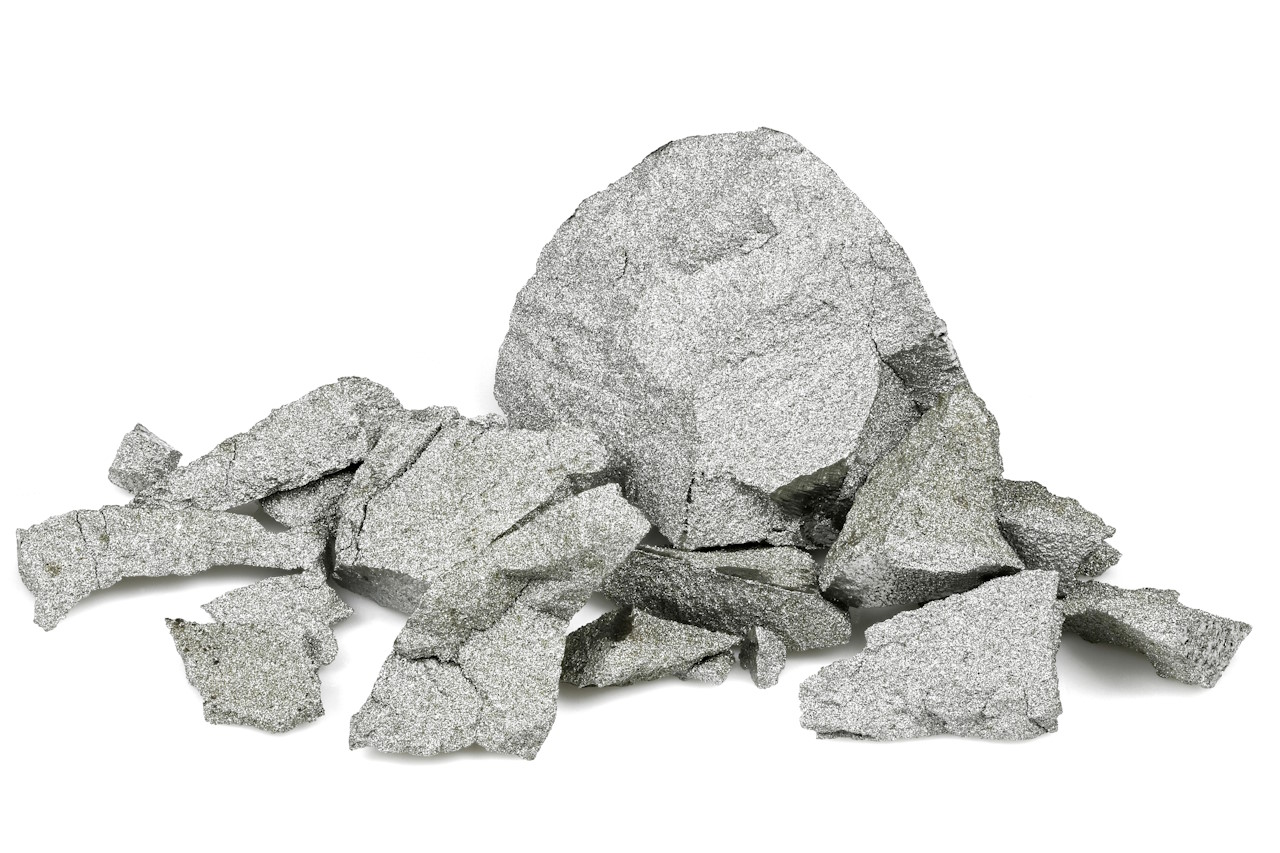IMOA recently published an updated Life Cycle Inventory (LCI) of Molybdenum products for metallurgical applications.
By IMOA
The products included in the updated 2024 LCI dataset are Molybdenite Concentrate, Technical Grade Molybdenum Oxide in powder and briquette forms, and Ferromolybdenum. The results are expressed as IMOA LCI global industry-average values. Participating IMOA member companies enabled data collection from 24 facilities in 10 countries across Asia, Europe, North and South America to generate the LCI carbon footprint values.
Sandra Carey, IMOA’s HSE Executive, commented:
“The significant reductions in carbon footprint between 2018 and 2024 are a very positive reflection of ongoing decarbonisation initiatives by companies within IMOA’s membership. In particular, the increased use of renewable energy sources to replace fossil fuels is a significant factor driving these improvements. The results will be welcomed by downstream users, such as the steel industry, for whom the molybdenum products are Scope 3 greenhouse gas (GHG) emissions.’
‘We recognize that LCI data plays an increasing role in policy-making initiatives, and likewise enables organisations to demonstrate responsible sourcing practices.
For enhanced data credibility, this updated study led by Four Elements LLC, was also externally peer-reviewed to confirm, amongst other aspects, adherence to the International Standards Organisation (ISO) 14040 and 14044 standards on Life Cycle Assessment. Throughout the process of updating this LCI, IMOA consistently applied the key principles identified in the UN Environment Programme guidance on how to assess Life Cycle Assessment data to ensure that the report met policy-makers requirements.’
The Executive Summary and the more detailed Summary Report of the 2024 Update Study of the Life Cycle Inventory and Carbon Footprints of Molybdenum Products for Metallurgical Applications are now available to download from the IMOA website: imoa.info
| Year | Unit | Molybdenite Conc. (~50% Mo) |
Tech Oxide (~60% Mo) |
Briquette (~59% Mo) |
FeMo (~67% Mo) |
| 2024 | kg CO2eq | 2.84 | 3.79 | 4.03 | 7.41 |
| 2018 | kg CO2eq | not calculated | 4.96 | 5.04 | 8.04 |
| % change from 2018 | n/a | 24% lower | 20% lower | 8% lower | |
Table 1. Comparisons of the carbon footprint of 1 kg of each product
Ingredient in stainless
Molybdenum is added to alloy steels to improve strength, toughness, hardenability and weldability for numerous applications in the automotive, shipbuilding, construction, mining, chemical, oil & gas and energy generation industries. In stainless steels and superalloys, it improves corrosion resistance and high-temperature performance and finds uses in many industrial applications.
- IMOA is a non-profit trade association, representing the majority of the molybdenum industry worldwide. It works to raise awareness about the unique properties of molybdenum, its beneficial effects on materials performance, its safety in use and its contribution to sustainable development.

About this Tech Article
Appearing in the May 2025 issue of Stainless Steel World Magazine, this technical article is just one of many insightful articles we publish. Subscribe today to receive 10 issues a year, available monthly in print and digital formats. – SUBSCRIPTIONS TO OUR DIGITAL VERSION ARE NOW FREE.
Every week we share a new technical articles with our Stainless Steel community. Join us and let’s share your technical articles on Stainless Steel World online and in print.

